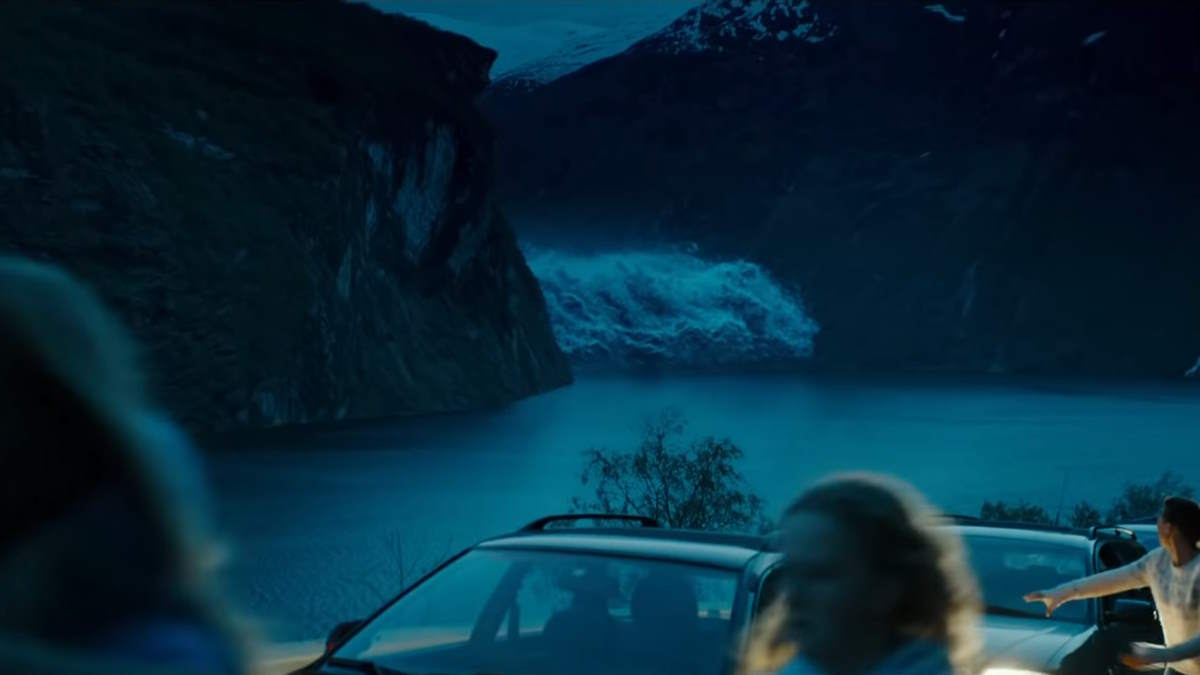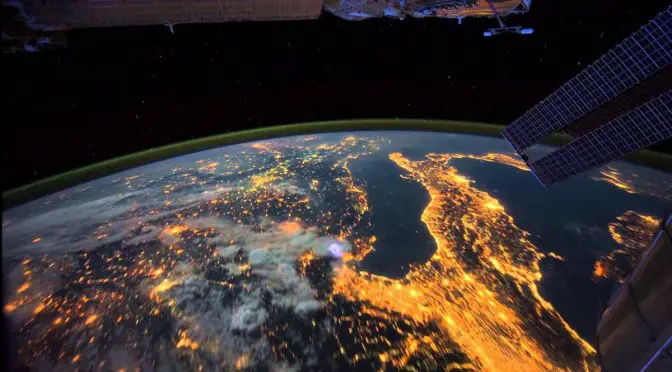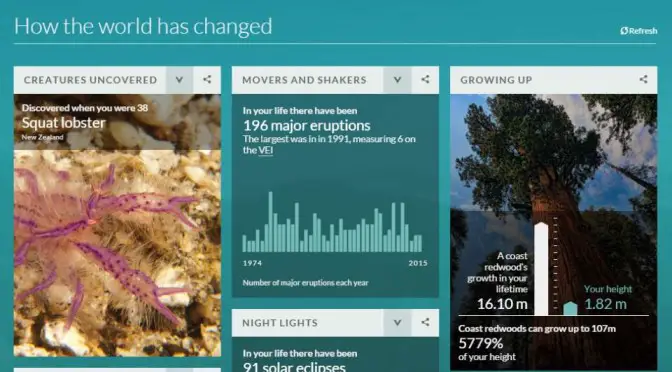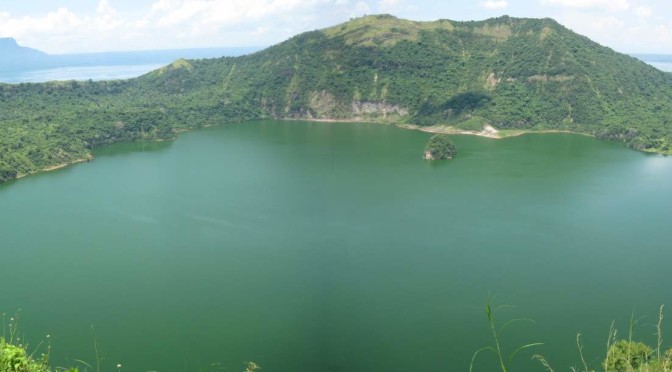Our old planet, the Earth is 4.54 billion years old. In fact, the human mind can no longer make any sense of large numbers like that. Numbers like 1, 2, 14, 20, 50 are all quantities that we encounter quite frequently in our daily lives. And our brain evolved to conceptualize numbers like that: our ancestors saw two lions; they hunted five deer in one hunting party, the population of their tribe was 20, etc…
But when the numbers are getting big, i.e. 1,000; 10,000… the problem begins: these numbers become increasingly difficult to conceptualize. Now, what happens when we try to conceptualize quantities like billions, like the Earth’s age? We can’t actually rationalize the immensity of such a big number. Because we haven’t a model of 4.54 billion that’s been compressed into something recognizable to the human mind.
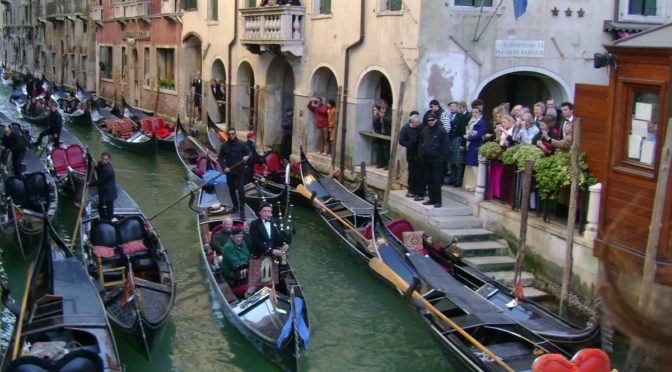
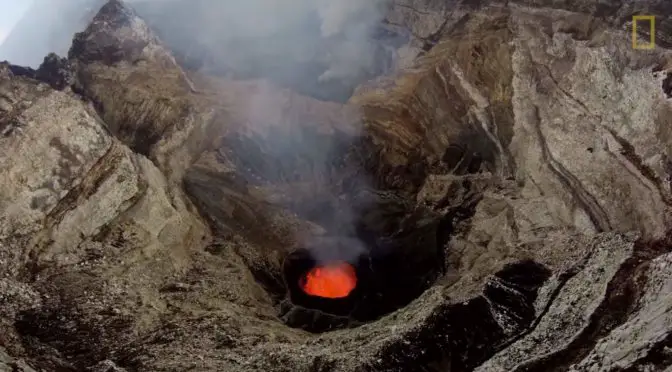
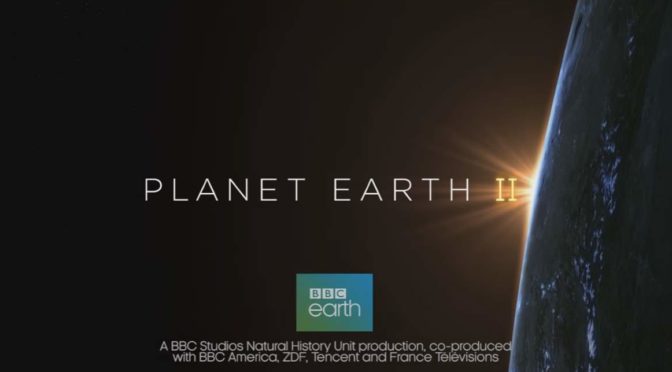
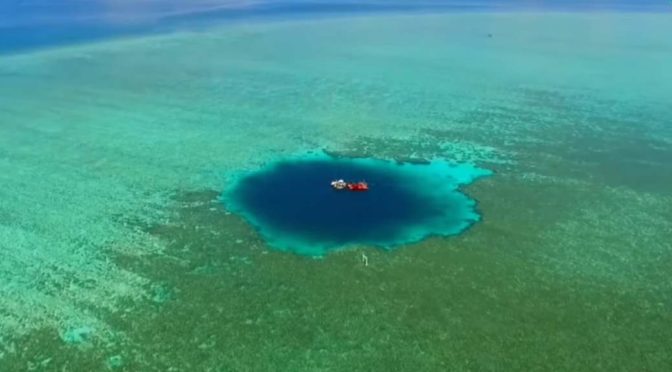
![Devil's Pool [Victoria Falls]](https://cdn-0.ourplnt.com/wp-content/uploads/2016/07/Devil-Pool-Victoria-Falls.jpg)
